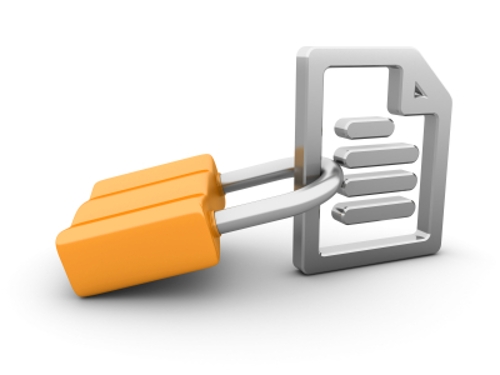

Press & Media
Proprietary Equipment - The True Cost03/08/2018 |
||
| Alliance Elevator Solutions has honored their commitment to their customer, the independent elevator contractor and met with several architects throughout the country to spread the non-proprietary / open source message. Though many of the architects we had the pleasure of meeting with were fantastic folks, many were naïve when it came to the elevator, specifically the difference between proprietary and non-proprietary equipment. So, in preparation for our next round of meetings I collected my notes and prepared the following article, enjoy! Many government agencies, architects and elevator consultants are now openly questioning practices involving proprietary equipment that can lead to increased costs for building owners. This is especially applicable if your client/building owner is thinking about a modernization or new elevator. The following was taken directly from the NAEC website a few months ago: Members of the National Association of Elevator Contractors have observed over the last 50 years, a trend in the products and practices common in construction and modernization of elevators, that we believe can be contrary to the long term interests of building owner / managers - our customers. In an attempt to raise awareness of this issue, we have generated this document. (NAEC.org) The elevator industry, like most, is under increasing pressure to supply products and services at ever more competitive prices. Driven by this, and rightfully so, all companies have worked hard to develop products that are less expensive to manufacture and install. All other things being equal, a lowered delivered cost is definitely a benefit to everyone involved in an elevator project. If a building owner can buy an equivalent product or service at a lower price, that is a good thing, but too often we see a contractors lowered costs result in even higher costs for the building. With elevator systems, a savings at the initial purchase decision often results in substantial increases in cost over the life of the equipment. Equipment that is designed with only lower manufacturing and installation costs taken into account can result in higher monthly maintenance costs, and higher overall costs, because: - The products can be very proprietary. When this is the case, the building often finds that there are no other (other than the installer) contractors able / willing to bid on monthly maintenance. A contractor can take advantage of this lack of competition. - It contains dependent components. When this is the case, the failure of a single component of the elevator system can necessitate replacement of other components. - Components cost more. When a contractor has only one source of replacement parts, the cost of those replacement parts is likely to be higher. - When products are designed with the manufacturing and installation costs as the highest priority, they may not have as long an expected service life. (wordpress.com) The reality is that cheaper upfront prices for elevators may be a trap for long term true costs. At Alliance it is our hope that your client/building owner thoroughly study all options when considering their vertical transportation needs. Whether they are installing a new elevator, modernizing an existing elevator or pricing an elevator maintenance package, they should consider their costs carefully. Ask questions not only about the upfront prices, but also ways an elevator will affect long-term maintenance. Get several options before jumping in and always ask about proprietary parts and avoid them if possible. Alliance is fighting the good independent fight one elevator at a time, good luck and be safe out there. |

| |
|
|
||





